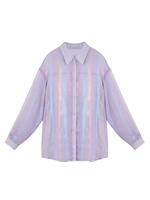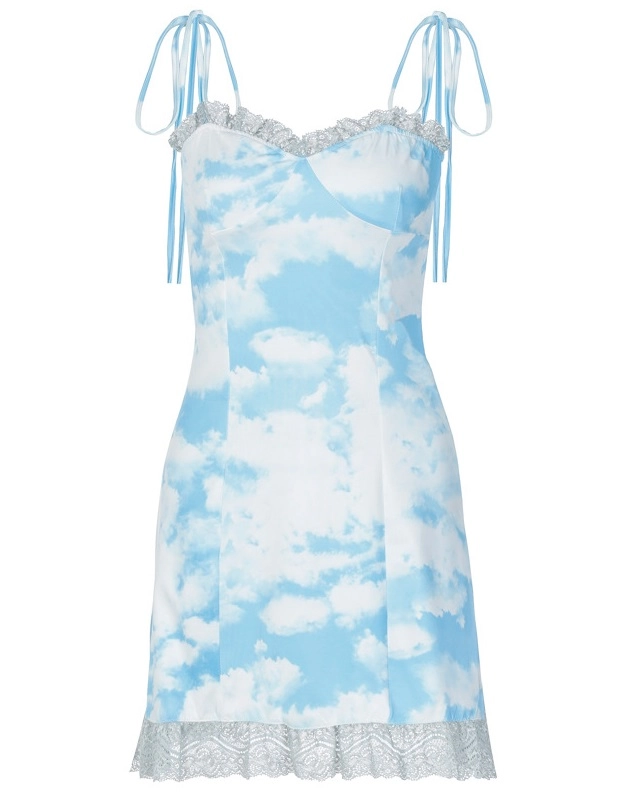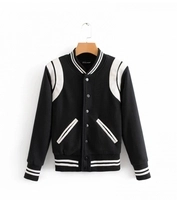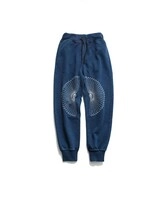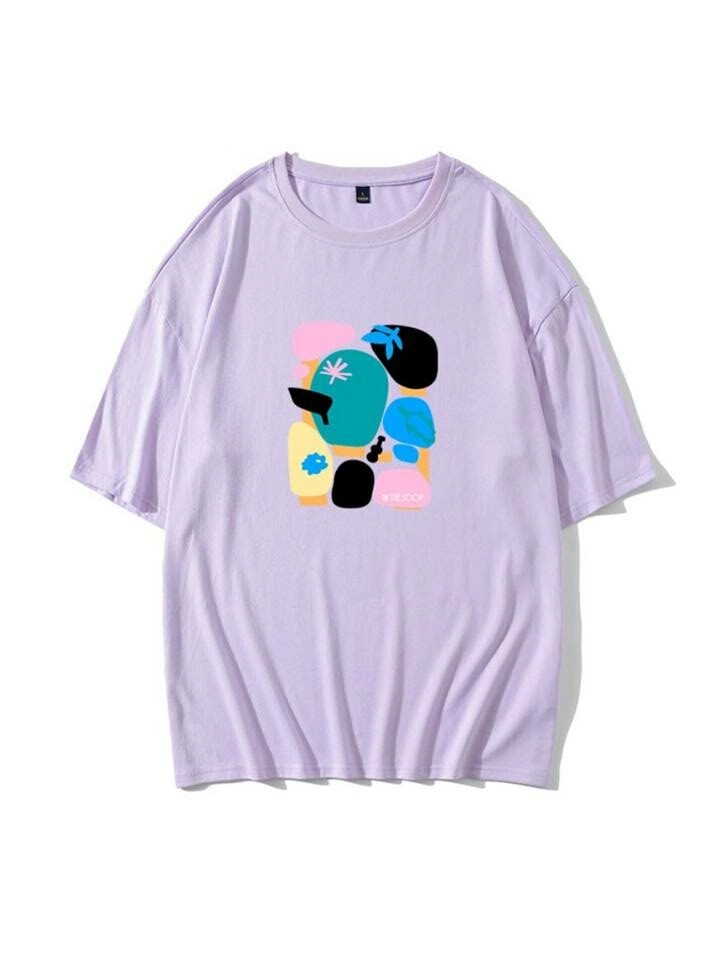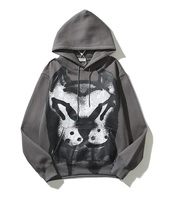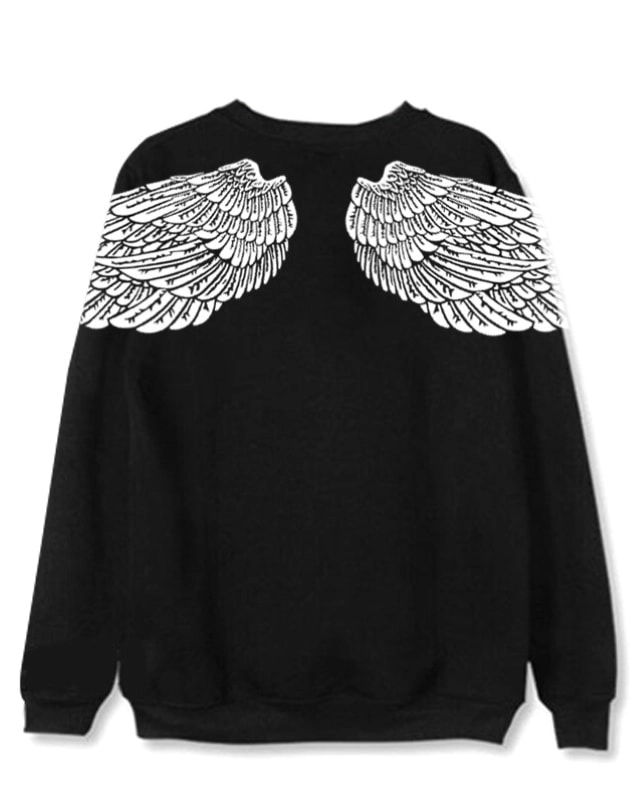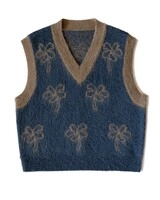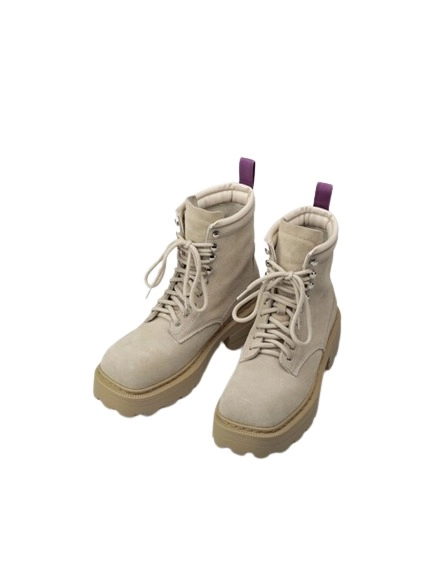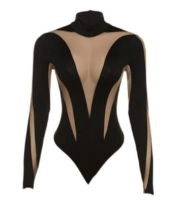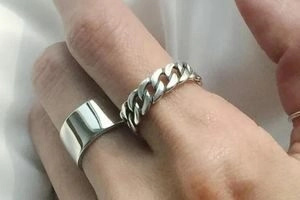Asian size conversion
Asian sizes tend to run a bit smaller than European or US sizes. As a rule of thumb we’re suggesting to choose 1-2 sizes bigger than you would normally wear. Though, we highly recommend checking the size chart, since every product has its own unique size chart.
Quick tips
- Before measuring it is crucial to know how you want the item to fit and what type of clothing it is.
Is the item oversized? Is it fitting? Maybe the item is fitting but you want to wear it oversized. Take all these factors into consideration. - It is helpful to measure a similar item from your wardrobe and compare it with the measurements of the interested product. That way you can better imagine how the item will fit.
For example, measure the length of your favorite dress and compare it with the product size. Do you like how short or long it is compared to the one you own? - If you are in between two sizes we usually recommend getting the bigger size.
Going for a bigger size gives you the option to adjust it as needed and takes the risk away that you won’t fit in the dress at all.
How to get your body measurements
Bust
Measure under your armpits, around your shoulder blades, and over the fullest part of your bust. Don’t pull the tape measure too hard.
Chest circumference
Measure under your armpits, around your shoulder blades, and right below your breast.
Waist
Measure around your natural waistline. This is the narrow part of your waist, about an inch (2.54 cm) above your navel. Relax and breathe out before you measure.
Hip
The hip should be measured around its fullest part. This is about 8 inches (20.32 cm) below your waist.
Shoulder Width
This measurement is taken from one end of the shoulders to the other. If you’re measuring your friend, have him look forward with relaxed shoulders in a natural stance. Start measuring from one end of the shoulder (at the shoulder seam of the shirt) to the other end or seam of the shirt.
Sleeve Length (=arm length)
Hold the tape measure using your fingers at the bottom of your wrist, bend your arm so that you have your hand on your hip, and then take the tape measure up over your bent elbow and up the rest of your arm to the bone at the top of your arm.
Leg opening
Grab your favorite pair of pants and lay the bottom cuff flat. Run a tape measure along the cuff. Take that measurement and double (x2).
Thigh
Wrap the tape around the thickest part of your thigh. Stand with your legs straight. Find the thickest part of your thigh. This is your upper thigh, right under the buttocks.
How to determine your shoe size
1. While seated, place your foot on a sheet of paper and start tracing the outline of your foot. It’s best to do this while wearing the kind of socks you would typically wear while walking in shoes, but if you’re measuring for sandals or other sockless footwear, measure your bare foot.
2. Using a ruler, measure the length of your feet by marking the tip of your longest toe and your heel. To measure the width of your foot, mark the widest points of your forefoot. Write down your measurements. Do it a couple of times to make sure the numbers are accurate.
3. Repeat these steps for your other foot, and use the larger of the two, those numbers are your actual foot measurements.
See the illustration above and choose a size based on your foot shape











































